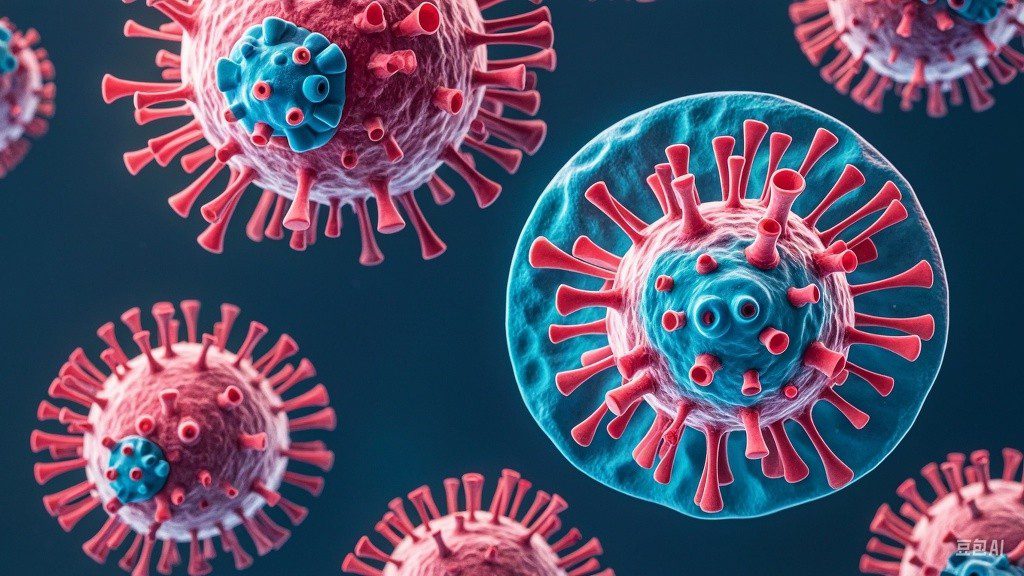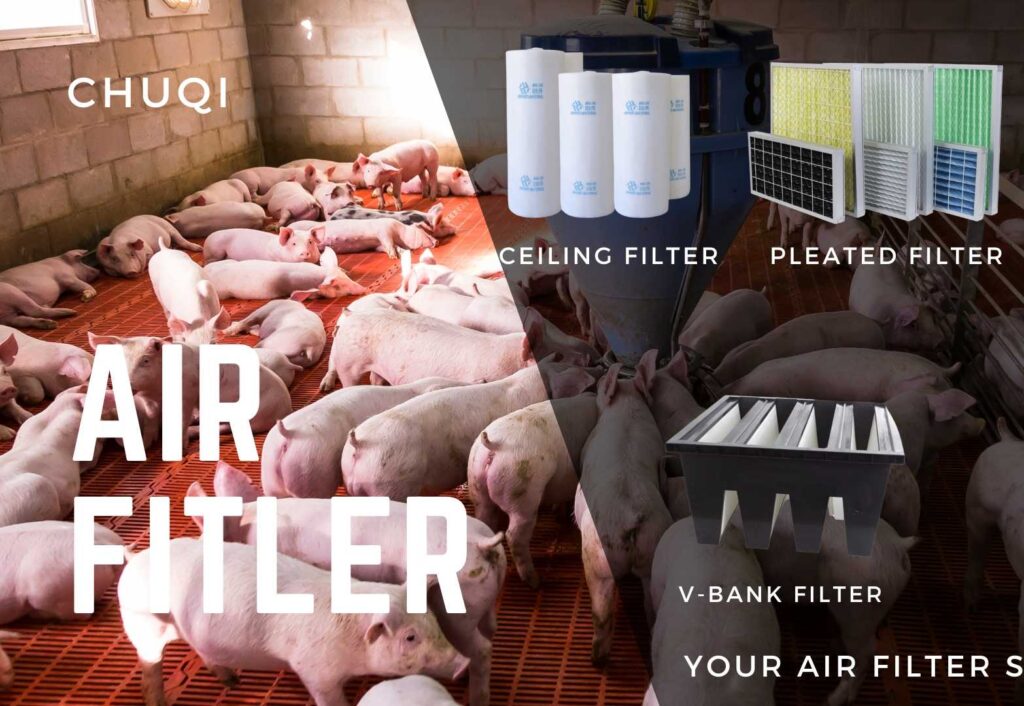Pig farms play a crucial role in the global agricultural landscape, providing a wealth of pork products. However, in recent years, pig farms have faced numerous severe disease challenges, significantly impacting production and economic efficiency. In this context, air filters have become a vital protective device for pig farms.
The “Invisible Pathway” of Disease Transmission in Pig Farms
The Key Role of Air in Disease Transmission
Air often carries various pathogenic microorganisms that can easily spread diseases among pigs. For example, swine influenza virus and porcine reproductive and respiratory syndrome (PRRS) virus can be transmitted through the air.
Severe Consequences of Disease Transmission
Data shows that air-transmitted pig diseases cause about $68 billion in losses to the global livestock industry annually. According to the latest report from the International Pig Breeders Association, in the past decade, air-transmitted diseases such as swine fever, PRRS, and swine flu have caused a decline of about 18% in the global pig inventory, and pork production has decreased by nearly 22%.
Detailed charts can more intuitively show that the speed of disease transmission has increased by about 10% annually over the past decade, and the spread has expanded from a few major pig-raising countries, such as the United States, China, and Brazil, to more than 50 countries and regions worldwide.
The “Magical Defense” of Air Filters
Revealing the Working Principle
Air filters, through multiple layers of filters and special adsorption materials, can effectively capture and adsorb pathogenic microorganisms in the air, preventing them from entering the pigsty.
Showcasing Successful Cases
Many pig farms in various countries have seen a significant reduction in disease incidence and a substantial increase in production efficiency after using air filters.
For instance, a large pig farm in the United States frequently struggled with swine flu and respiratory diseases before introducing air filters, leading to slower pig growth and higher mortality rates.
After installing high-efficiency air filters, the air quality in the pigsty significantly improved, and the disease incidence dramatically decreased. Within a year, the average pig weight increased by 10%, and the mortality rate dropped by 15%, noticeably enhancing farming efficiency.

Features of Different Types of Air Filters
-
Primary Filters
Primary filters are suitable for initially filtering larger particulate pollutants. They are relatively low-cost and easy to maintain but offer limited filtration effectiveness.
-
Medium Filters
Medium filters provide improved filtration effectiveness and can handle smaller particles, though their cost and maintenance requirements also increase accordingly.
-
High-Efficiency Filters
High-efficiency filters offer excellent filtration performance, effectively removing tiny pathogenic microorganisms. However, they are more expensive and are typically used in pig farm environments with very high air quality requirements.
Selection and Installation Key Points for Air Filters
Choosing According to Pig Farm Size
Small pig farms might be suitable for primary or medium filters, while large pig farms may require high-efficiency filters or a combination of multiple filters. Here are some recommendations based on different farm sizes:
| Pig Farm Size | Recommended Filter Type | Example Models |
| Small | Primary Filters | Common G1 – G4 grade primary filters Like 595×595×46mm panel filters or 500×500×380mm pocket filters |
| Medium | Medium Filters | 595×595×500mm pocket filters F5 – F9 or 595×595×381mm box filters |
| Large | High-Efficiency Filters or Combination | 610×610×150mm non-separator high-efficiency filters (H13 – H14 grade) A combination of medium and high-efficiency filters. Such as 595×595×500mm medium filters paired with 610×610×150mm high-efficiency filters |
Note that specific filter models and specifications should be chosen based on the actual situation, air quality requirements, and budget of the pig farm.
Installation Precautions
Ensuring the airtightness of the filters during installation is crucial, as air might bypass the filters and enter the pigsty directly. The installation location also affects the filtration effectiveness, so appropriate positioning is necessary.
Maintenance and Cost of Air Filters
Daily Maintenance Steps
Regular cleaning of the filters is necessary, with the cleaning frequency depending on the farm environment and filter type. Correct methods should be used to avoid damaging the filters.
Cost Analysis
Although the initial investment in air filters might be high, the long-term benefits of reduced disease incidence and improved pig growth performance make the cost-effectiveness significant.
Comparing Success and Failure Cases
Success Case: A Medium Pig Farm in Denmark
This pig farm previously suffered significant losses due to the spread of PRRS. After adopting an air filter system, the spread of pathogenic microorganisms was effectively controlled, significantly reducing the incidence of PRRS. Additionally, the feed conversion ratio of pigs increased by 8%, reducing farming costs and enhancing market competitiveness.
Failure Case: A Pig Farm in the UK
This farm installed air filters but failed to maintain and replace the filters regularly, significantly reducing the effectiveness of the filters. Eventually, the farm still experienced a large-scale outbreak of respiratory diseases, causing severe economic losses.
Conclusion
In conclusion, air filters play an indispensable role in ensuring the health and production efficiency of pig farms. Breeders should fully recognize their importance, and correctly choose, install, and maintain air filters to provide strong support for the stable development of pig farms.

